Backed by experience successfully ranking hundreds of websites, our comprehensive Off-Page SEO Checklist gives you the step-by-step blueprint to master external SEO and get your site to the top of Google.
Updated on
June 24, 2025
| Maria Harutyunyan, Head of SEO

56

56
Off Page SEO Checklist
Download the checklist

The checklist is vetted by 3 more top SEO LinkedIn experts
Backlink Strategy & Acquisition


Copy selected rows
Competitor & Link Gap Analysis


Copy selected rows
Digital PR & Link Outreach


Copy selected rows
Guest Posting & Publisher Collaboration


Copy selected rows
Brand Mentions & Unlinked Outreach


Copy selected rows
Social Signals & Content Amplification


Copy selected rows
E-E-A-T External Signals


Copy selected rows
Local Citations & Business Listings


Copy selected rows
Forum & Community Engagement


Copy selected rows
Influencer & Partnership Marketing


Copy selected rows
Content Syndication


Copy selected rows
Brand Monitoring & Off-Site Metrics


Copy selected rows
Off-page SEO helps improve your website's authority and reputation.
It involves actions taken outside your website to boost visibility in both traditional and AI search.
Many business owners and marketers struggle with this. They don’t know where to start or how to track progress. Throughout this guide, we’ll provide real examples and visuals to help you learn how to implement these strategies effectively.
Here’s how this checklist can help:
An off-page SEO audit is the first step in improving your website’s authority. It helps you understand how your website is performing outside of your actual site: what other sites say about you.
Think of it like getting a performance review for your website, but instead of feedback from your team, it’s coming from search engines and other websites.
Here’s why this audit is essential:
Let’s talk about all this in more detail, starting with backlinks, since they play a significant role in SEO. Paste your subdomain link in Ahrefs’s Site Explorer tool.
Step 1: Check the Number of Backlinks
Backlink growth shows rising interest and authority. More backlinks often mean more trust. Still, you should track the trend, not just the total number.
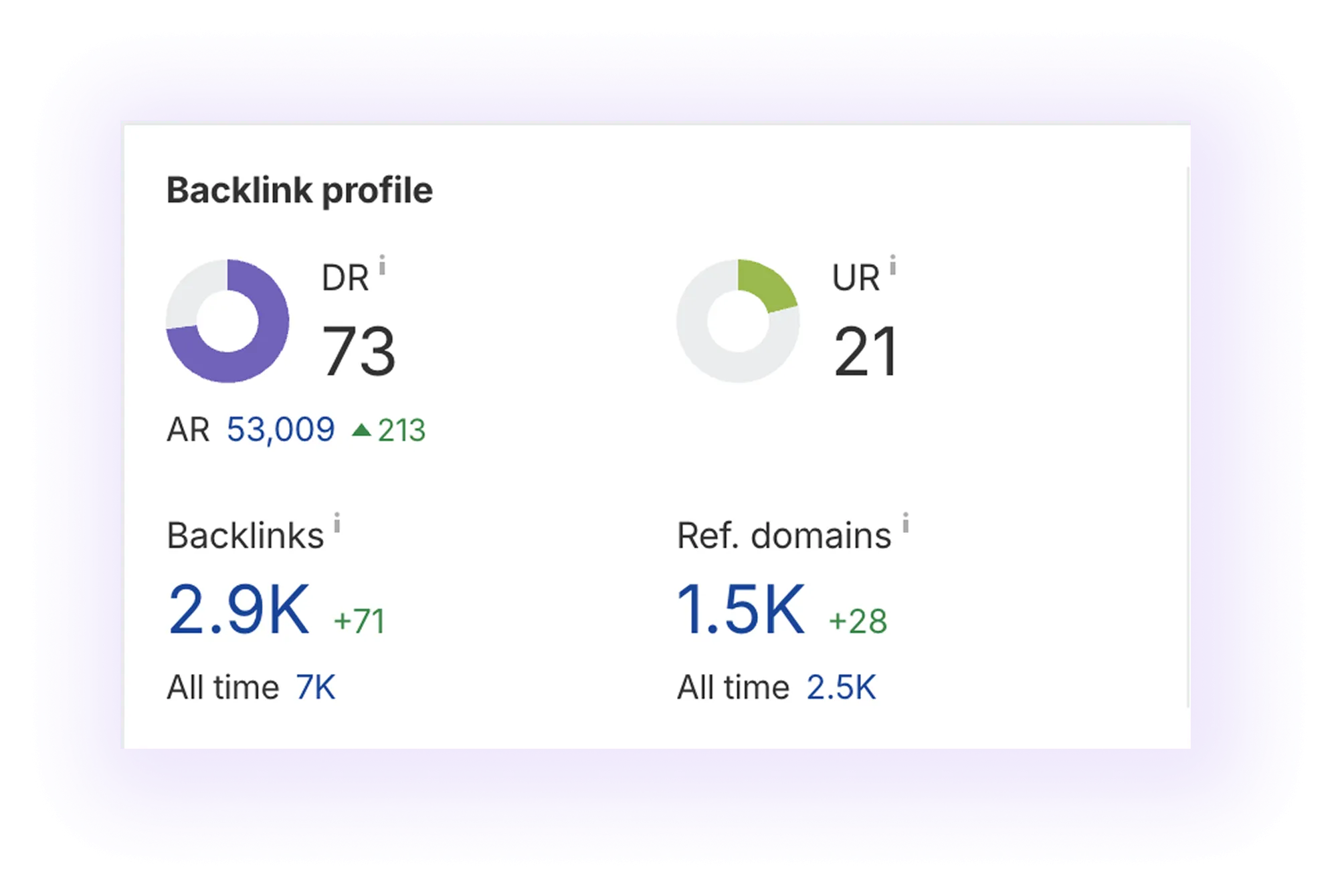
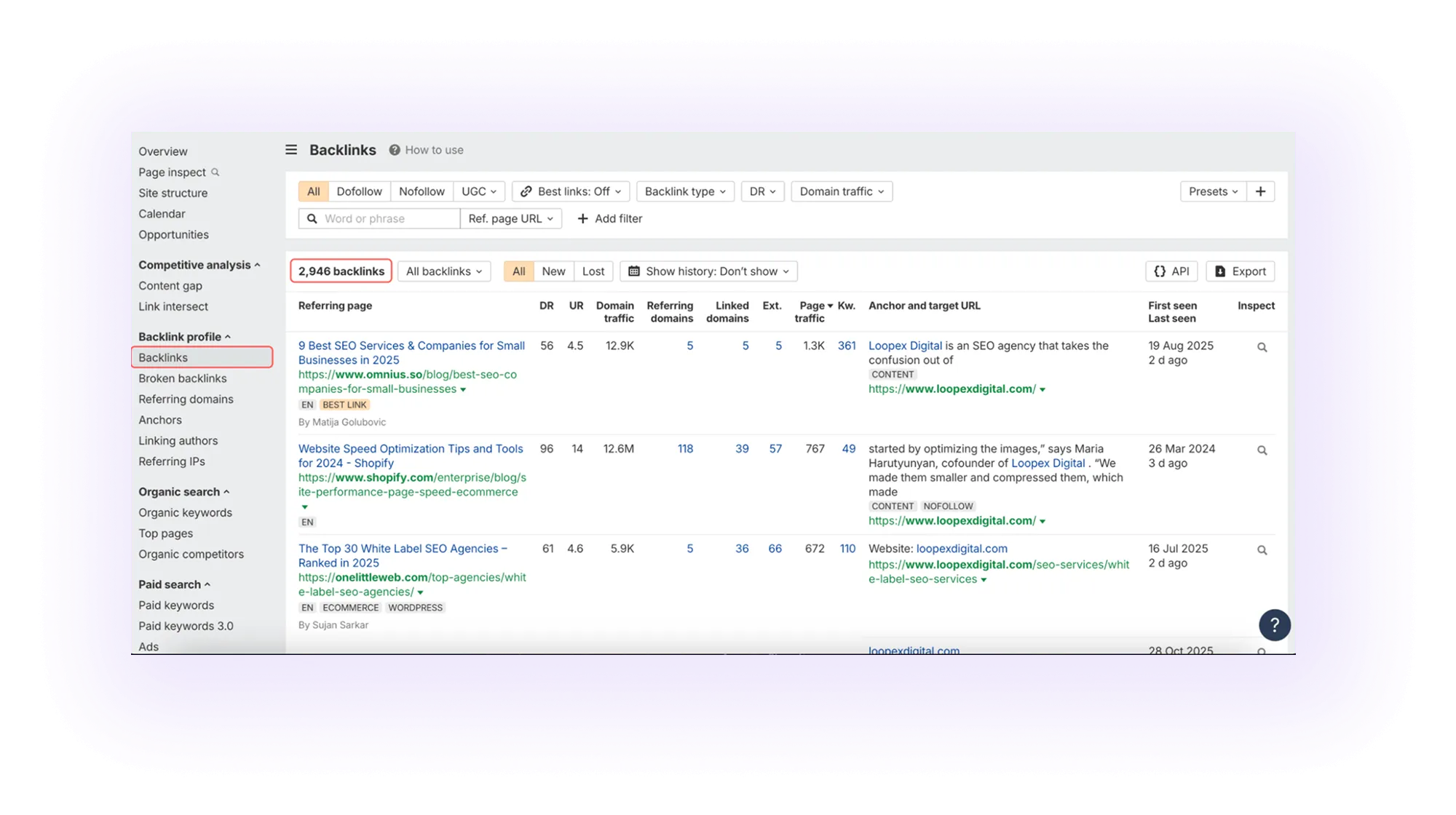
Step 2: Fix Broken Backlinks
Broken links waste hard-won authority. Recover value with redirects or updated pages.
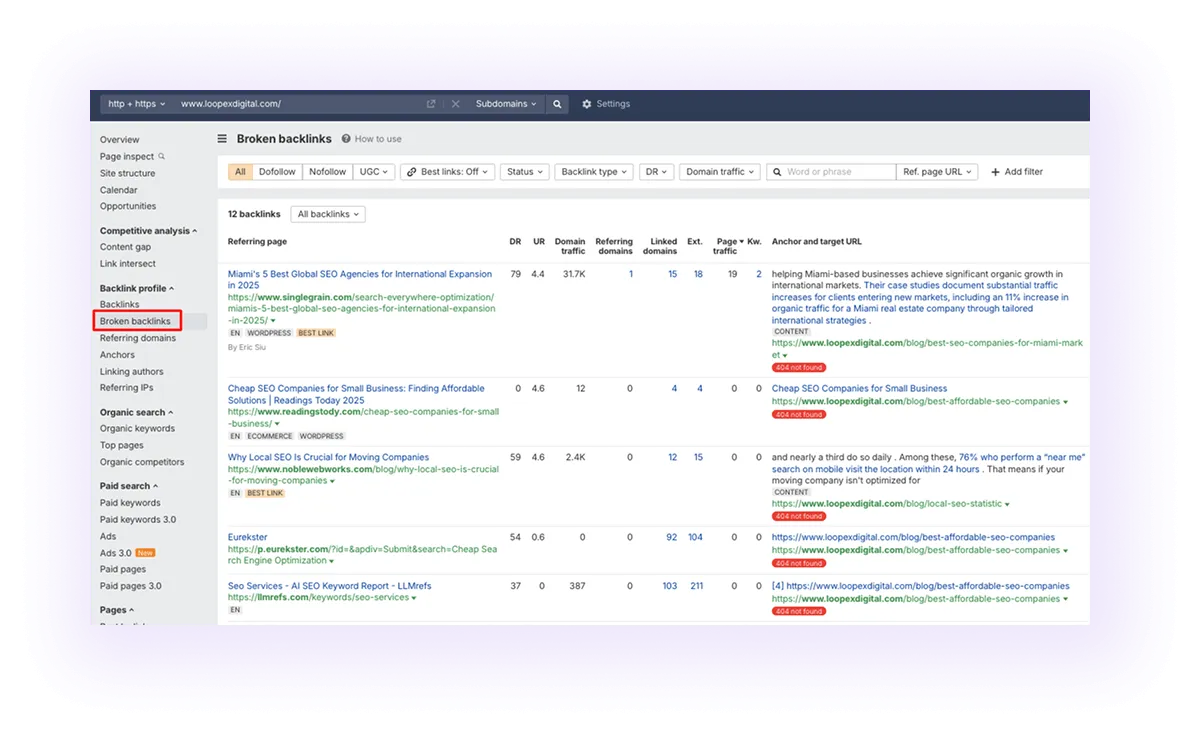
Step 3: Review Referring Domains
Unique websites move rankings more than repeated links. Aim for steady growth from relevant, trusted sites.

Step 4: Check No-Follow vs. Do-Follow Links
A balance is key for good SEO. Do-follow links pass SEO value; no-follow adds reach and trust signals. A natural mix looks safer and performs better.

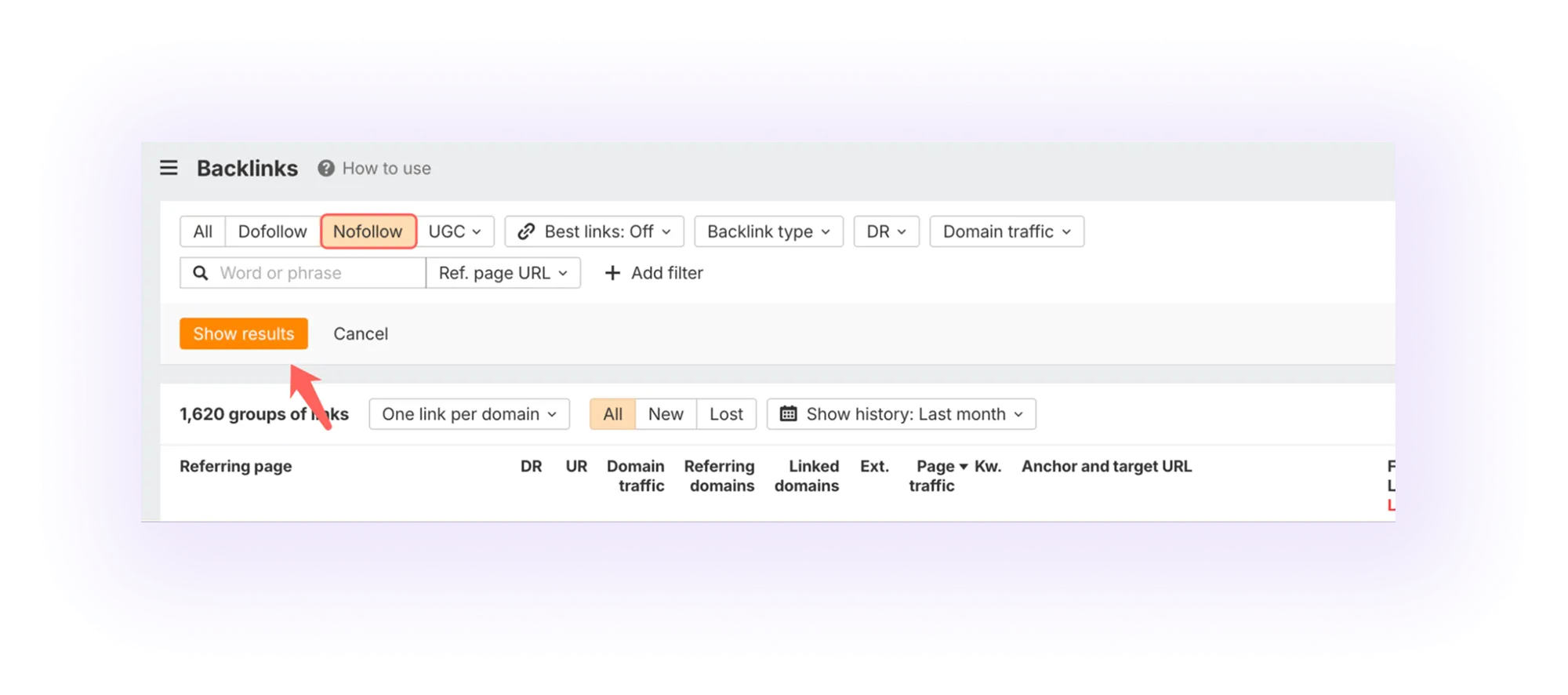
Step 5: Analyze Anchor Text
Anchors tell Google what your page is about. Maintain variety and avoid exact-match phrases when relevant.
Check for branded vs. non-branded anchors as well. Branded anchors build safety and trust. Descriptive anchors help keywords; use them, but don’t overdo them. Aim for 70% branded, 30% non-branded.
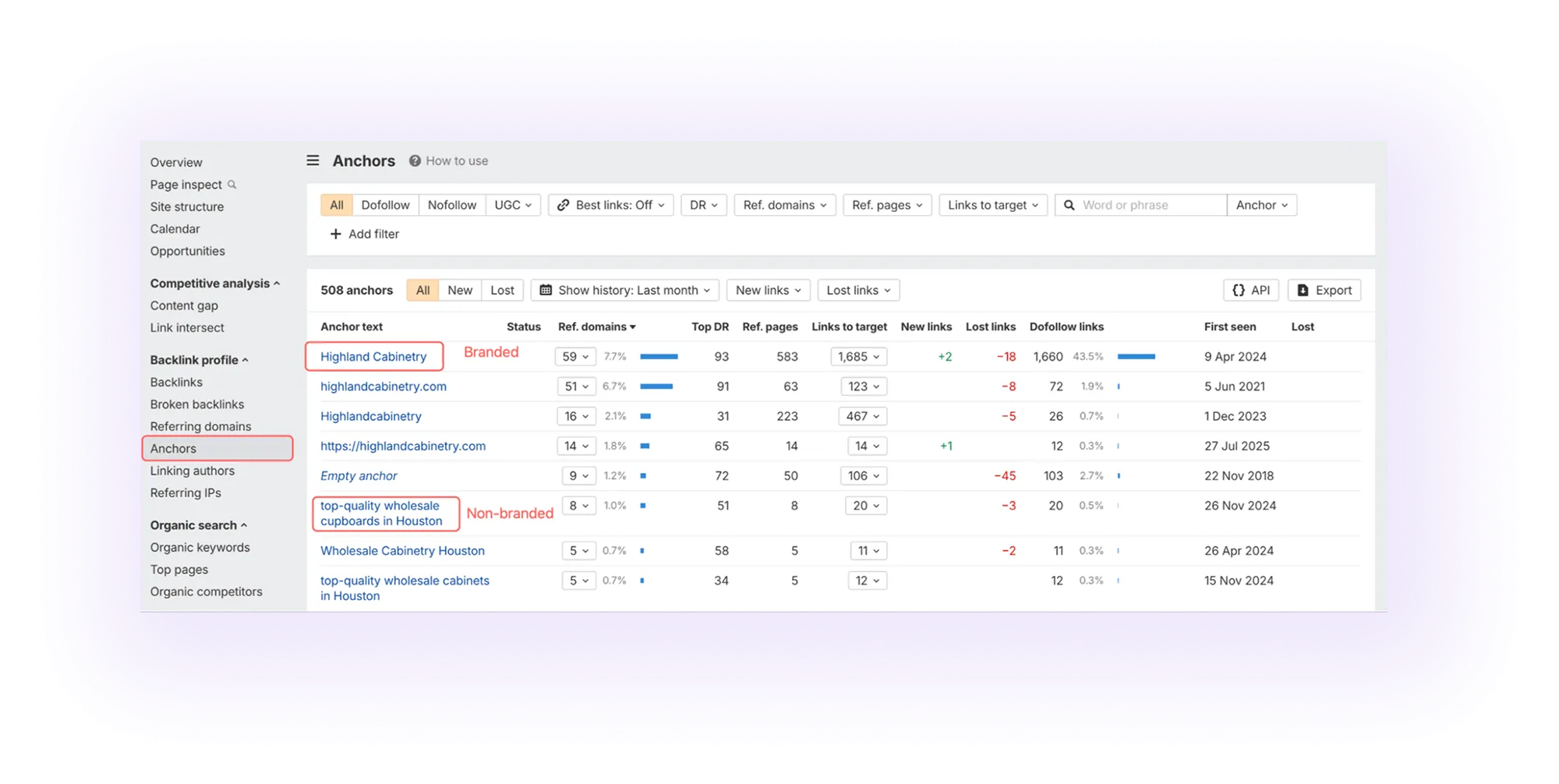
Next, examine competitor backlinks to find new opportunities:
Use the Site Explorer tool again and follow the same steps above.
Finally, let’s measure your off-page SEO score to see your website’s backlink strength. Pay attention to these metrics:
These scores are estimates. Use them to track your SEO health. Regularly check them for improvement.
Now let’s focus on actionable off-page strategies that drive results. Each strategy includes examples from our real-world experiences. These examples are taken from separate, more detailed articles, but we’ll keep things short and direct.
Guest posting effectively builds backlinks and boosts SEO.
By writing articles for industry websites that link back to your site, you enhance your site's authority and search engine rankings. To get started:
Below is a screenshot of a guest post we wrote for Mangools, an SEO tool platform, in the SEO niche.
The article covered tested strategies for optimizing eCommerce category pages.
This guest post allowed us to provide value to Mangools and earned us a highly relevant quality backlink. A win-win!
Prioritize quality over quantity when selecting guest post sites. A backlink from a high-authority, relevant site provides more value than many from low-quality sources.
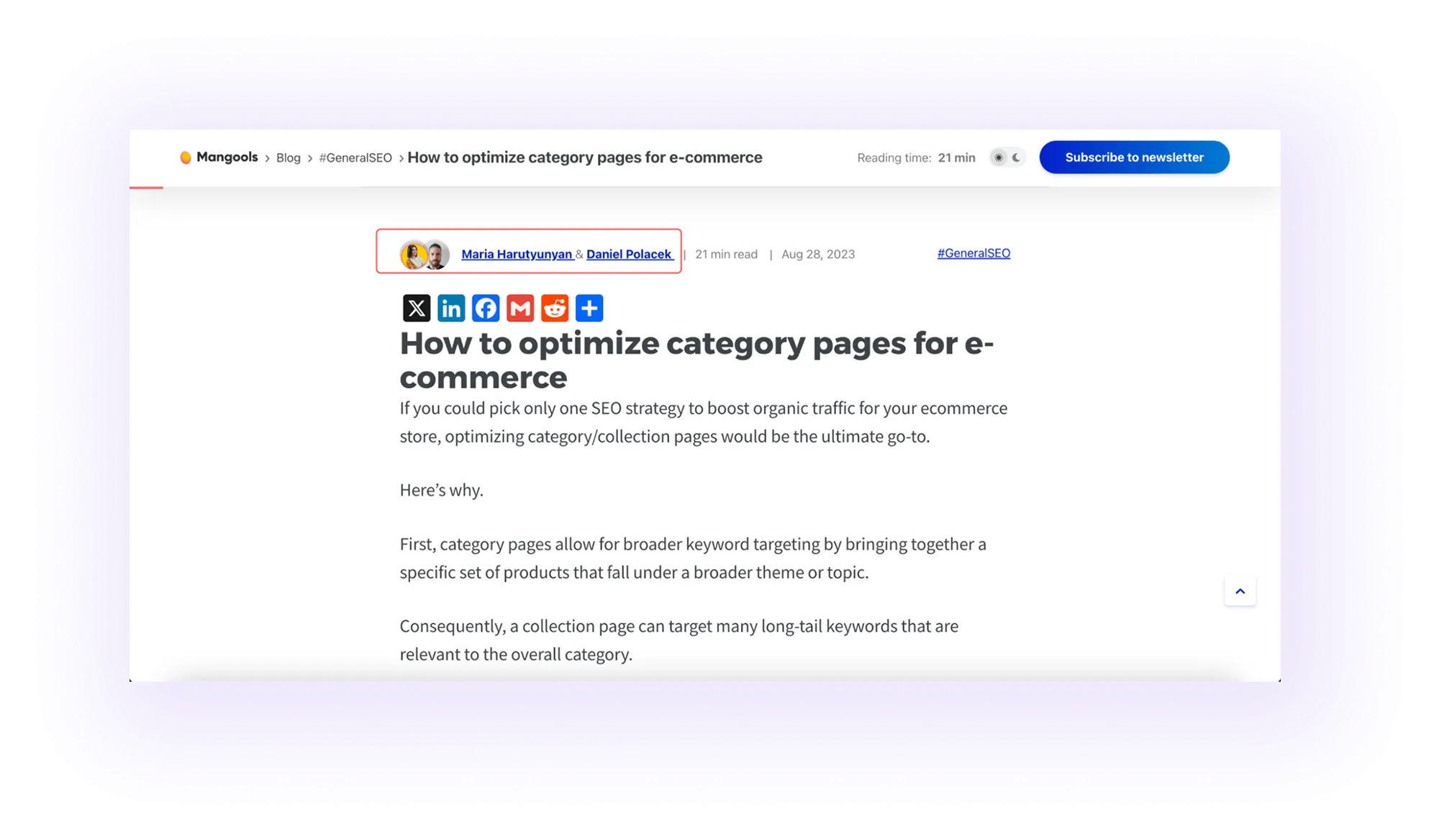
The topics you cover should be clear, compelling, and relevant to the site’s audience. They should offer value and include the target keyword.
Besides, the titles you use for your guest posts are crucial to your open rates during the outreach stage.
Here are formulas to help you come up with good topics and effective titles fast:
Remember that the title must be relevant to the specific URL you are trying to build authority for.
Don’t forget to check the clarity of your guest post with Loopex’s free readability checker!
Digital PR is a powerful way to build links and get featured on top websites you can’t reach with regular outreach.
By working with journalists in your niche and sharing unique stories or data, you can earn strong backlinks, boost your brand’s visibility, and grow your SEO.
A great example of digital PR in action is this campaign by a beauty industry startup.
They leveraged the TikTok "Barbie Botox" trend to promote their Botox treatments as a way to sculpt a longer neck, mimicking the iconic Barbie look. This campaign gained significant traction, going viral and attracting global media attention.
The campaign was covered by major publications, earning backlinks to their website.
A backlink from a high-authority site with a Domain Rating (DR) of 83 and 596K organic traffic can massively boost your website’s SEO.
You can see how a digital PR campaign like this can secure dozens, or even hundreds, of similar backlinks, driving both brand awareness and SEO growth.
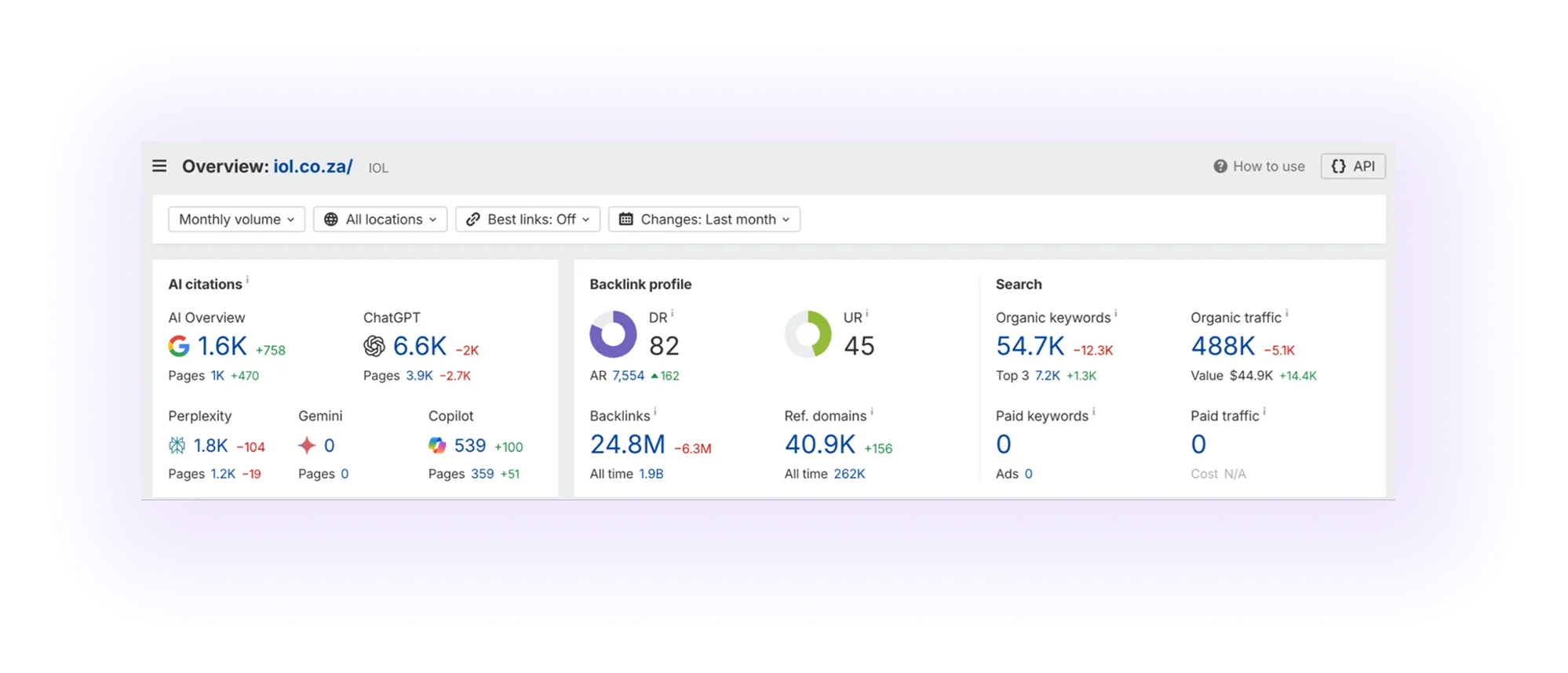
Unlinked brand mentions are when your brand is mentioned but not linked.
Use tools like Ahrefs to track unlinked brand mentions:
Step 1: Go to Content Explorer in Ahrefs
In the top navigation bar, click on Content Explorer.
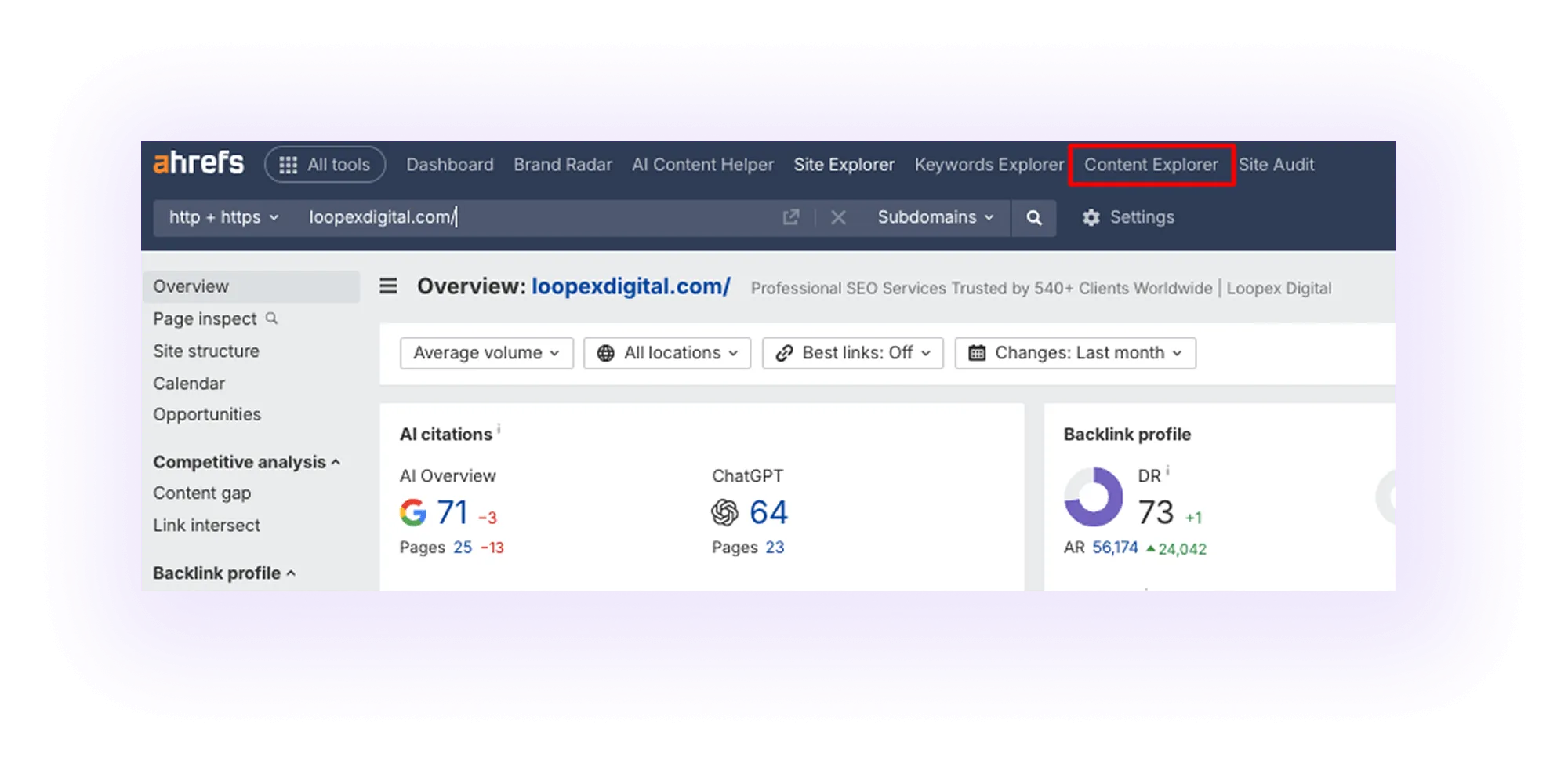
Step 2: Search for Your Brand Name
You can refine the search to find mentions of your brand without links by using the filter options.
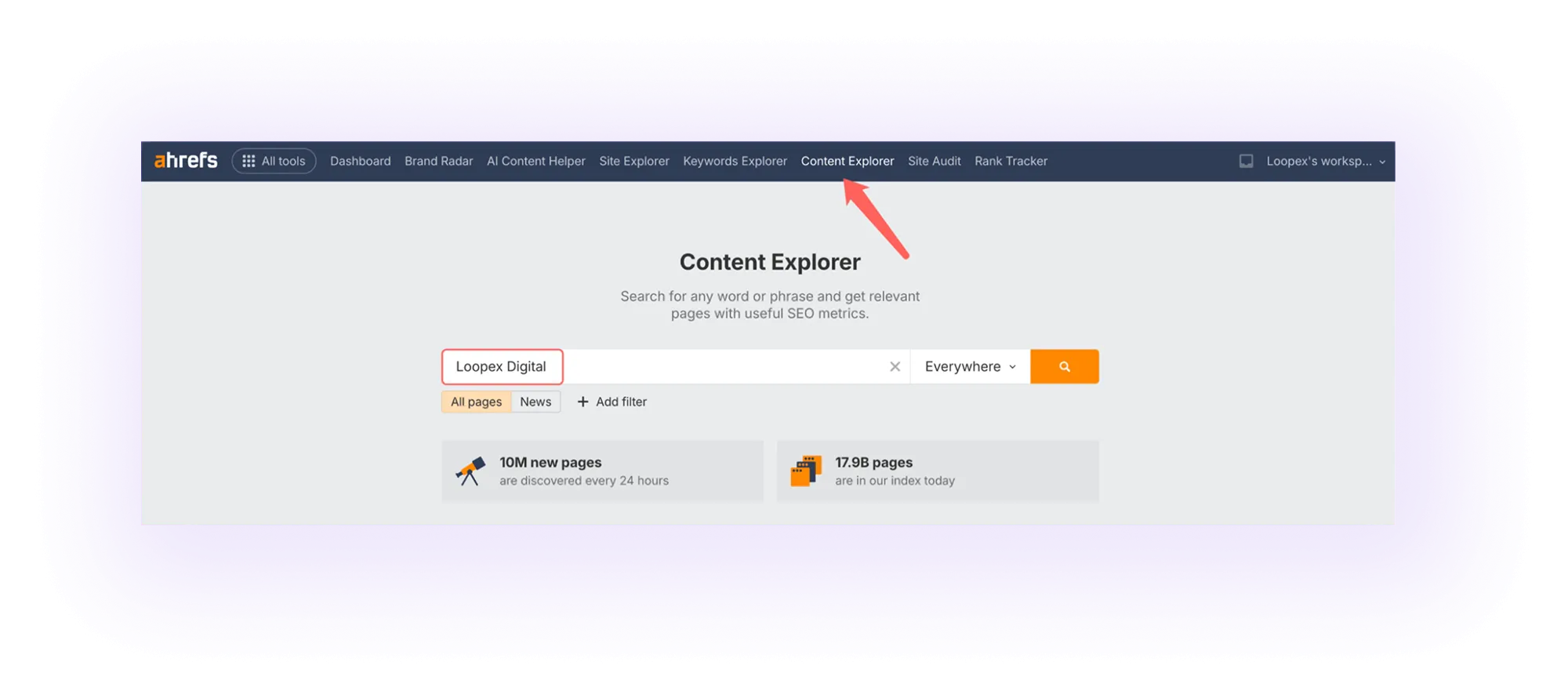
Step 3: Apply the "Unlinked" Filter
Ahrefs will show pages that mention your brand without a link back to your site, helping you identify unlinked brand mentions.

Step 4: Outreach to Claim the Link
Reach out to the publisher to request a backlink for the pages that had no referring domains in the previous step.
Citation building means listing your business in trusted, high-authority directories, like Google Business Profile, Yelp, or industry-specific sites.
Let’s say you’re running a home services business, you could get listed in these directories to help customers find you faster and improve your visibility in local searches:
These examples are for home service businesses. If you’re in a different industry, find niche-specific directories. The proper directories help your SEO and make it easier for people to find you.
Here are some best practices to keep in mind:
Citation building boosts SEO by improving your online reputation and local visibility.
A linkable asset is valuable content designed to attract backlinks. It can range from detailed guides to useful tools and infographics. The goal is to create something so valuable that websites naturally link to it.
Here are examples of linkable assets from different niches:
Create linkable assets that are valuable, easy to share, and help boost your SEO.
You also want to be found on Google Maps for local searches, and you need a Google Business Profile (GMB) to do so. Here’s how to set it up correctly:
Step 1: Add Accurate Business Information
Include business name, address, phone number (NAP), website, and hours.
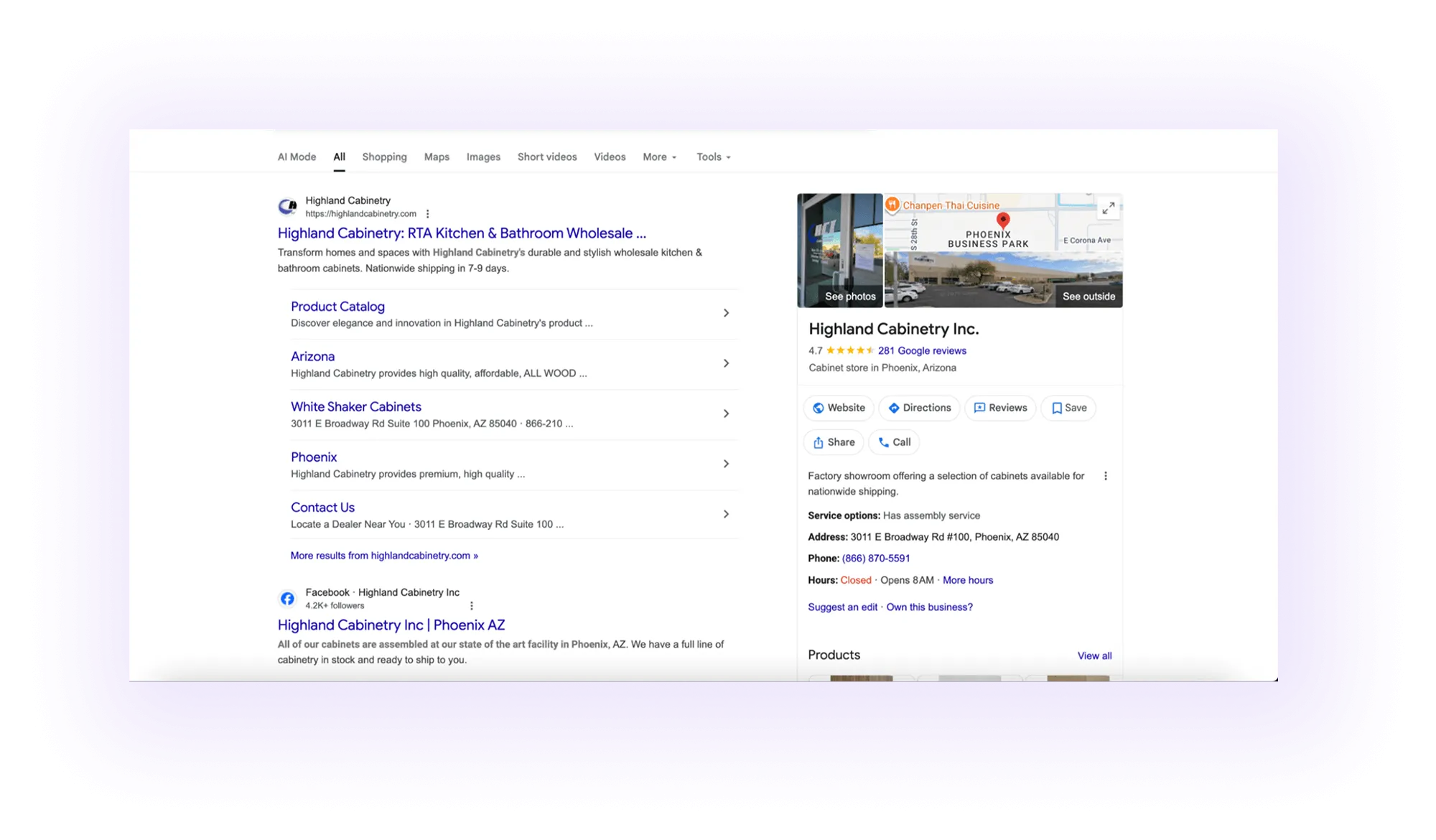

Step 2: List Your Core Services
Be specific in how you formulate and present your services (plumbing repair, HVAC, roofing, etc.).
Step 3: Write a Keyword-Friendly Description
Highlight your expertise and location.
For example, “[Your Company Name] is a trusted provider of plumbing, HVAC, and roofing in [City, State]. We offer reliable and affordable services."
Step 4: Upload High-Quality Photos
Add before/after shots, team photos, and completed projects.

Step 5: Collect and Respond to Reviews
Aim for 4+ stars. Businesses with 4+ stars earn 32% more revenue.

Step 6: Update Details Regularly
Keep your services, promotions, and hours up to date.
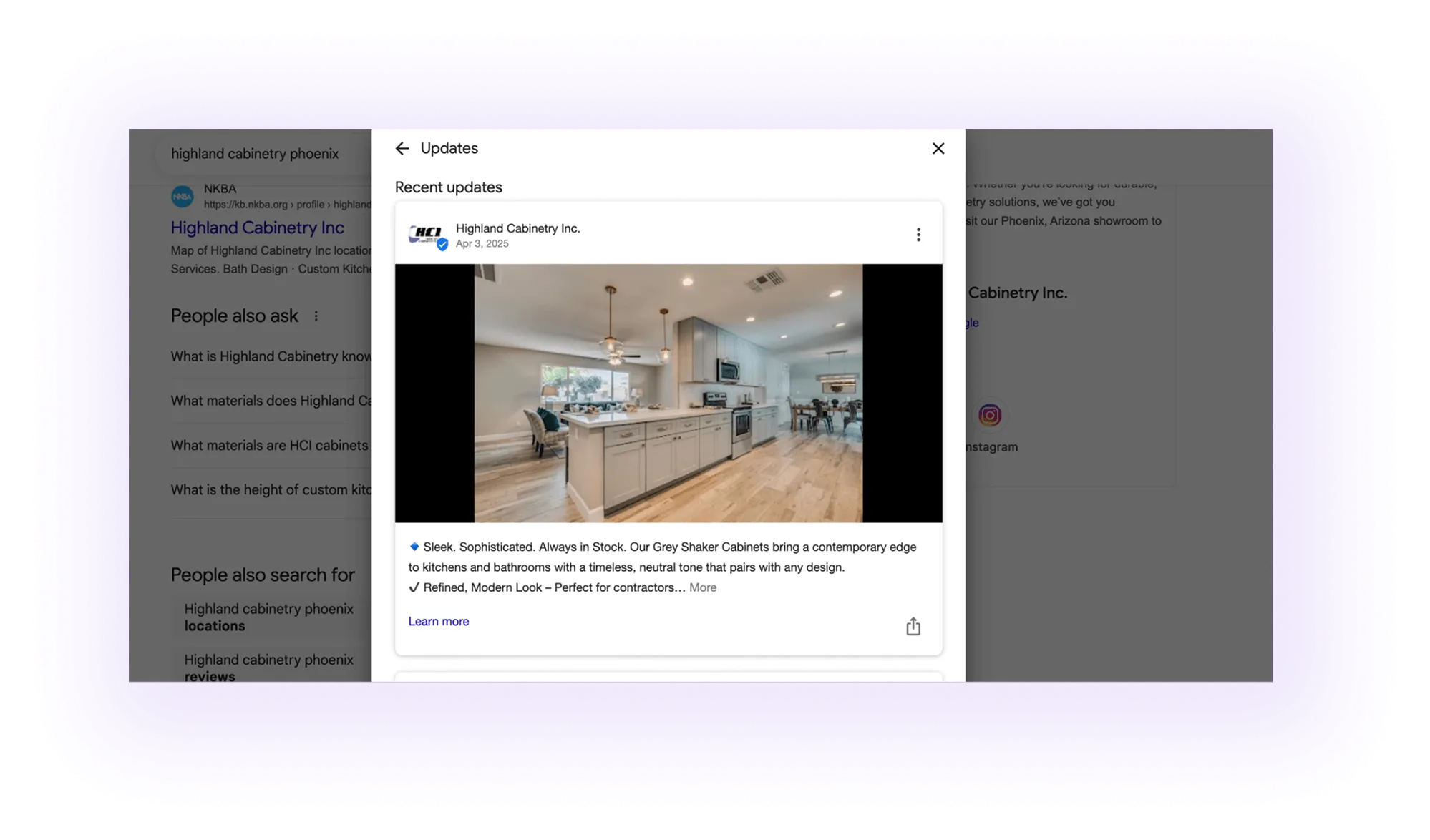
Podcast link building is exactly what it sounds like, and here’s how to do it:
Let’s look at examples of reputable podcasts:
For example, in an episode of the Blamo! podcast, Graham Ebner shares his fashion journey. The show notes include links to his website and work.
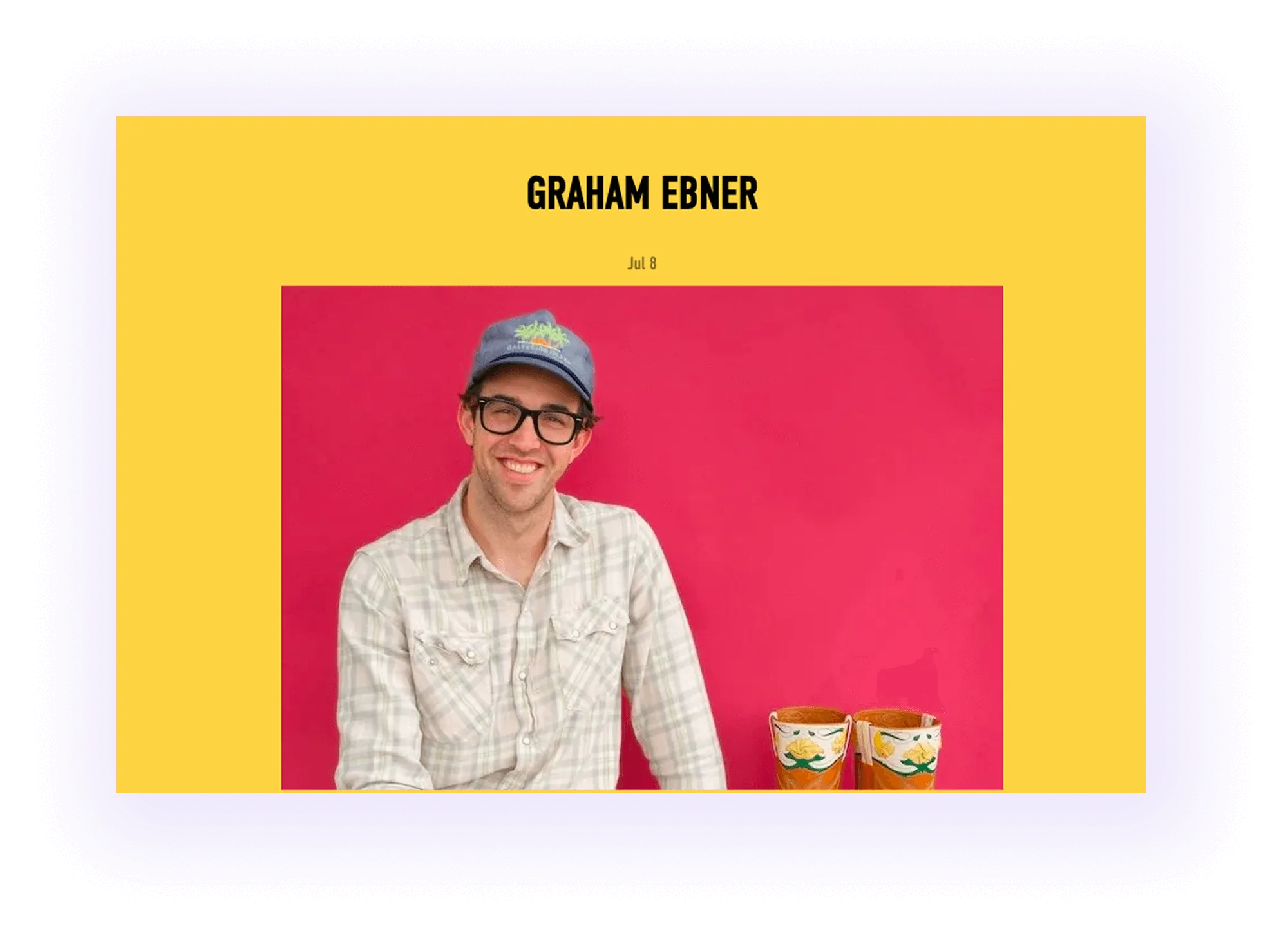
Podcast building is an excellent way to build credibility and gain backlinks.
Social media is part of off-page SEO. It builds awareness, earns mentions, and sends qualified visitors to your site.
The three main steps you should implement here are as follows:
Step 1: Plan Your Mix
Step 2: Collaborate with Influencers
Step 3: Turn Campaigns into Assets
For example, a skincare brand partners with three estheticians for “7-Day Routine Test” reels.
Each creator posts a reel + story link to the product page. Brand embeds the best reel on the product page and adds a short testimonial. As a result, you get a referral traffic bump and new branded searches.
Keep relevance > reach. A smaller, on-topic creator beats a large, off-topic one for qualified traffic.
Connect your profiles to your site and post with intent.
Step 1: Link Your Site Everywhere
Step 2: Repurpose Content
Step 3: Engage + Be Consistent
Step 4: Integrate Influencer Collaborations
Finally, off-page SEO ranking factors help improve your site's authority and trust with Google.
These factors are crucial for higher rankings and better visibility:
These factors help Google understand your site’s relevance and authority.
All this sounds exhausting, but there are off-page SEO tools that make prospecting, outreach, and backlink audits easier. These tools help you find high-quality backlinks, monitor local rankings, and track your progress.
Linkee helps you build a clean target list and execute effective outreach.
You search by topic, traffic, and authority. You see if a site is active and relevant.
Why does this matter? Because relevant links mean more rankings! Random links don't.
The process is like this:
Sometimes, prospecting involves going through multiple URLs, which can be time-consuming.
To speed up this process, you can use Loopex's Bulk URL Opener tool.
This tool lets you open multiple URLs at once without manually clicking each one, saving you time and allowing you to check more sites quickly and efficiently.
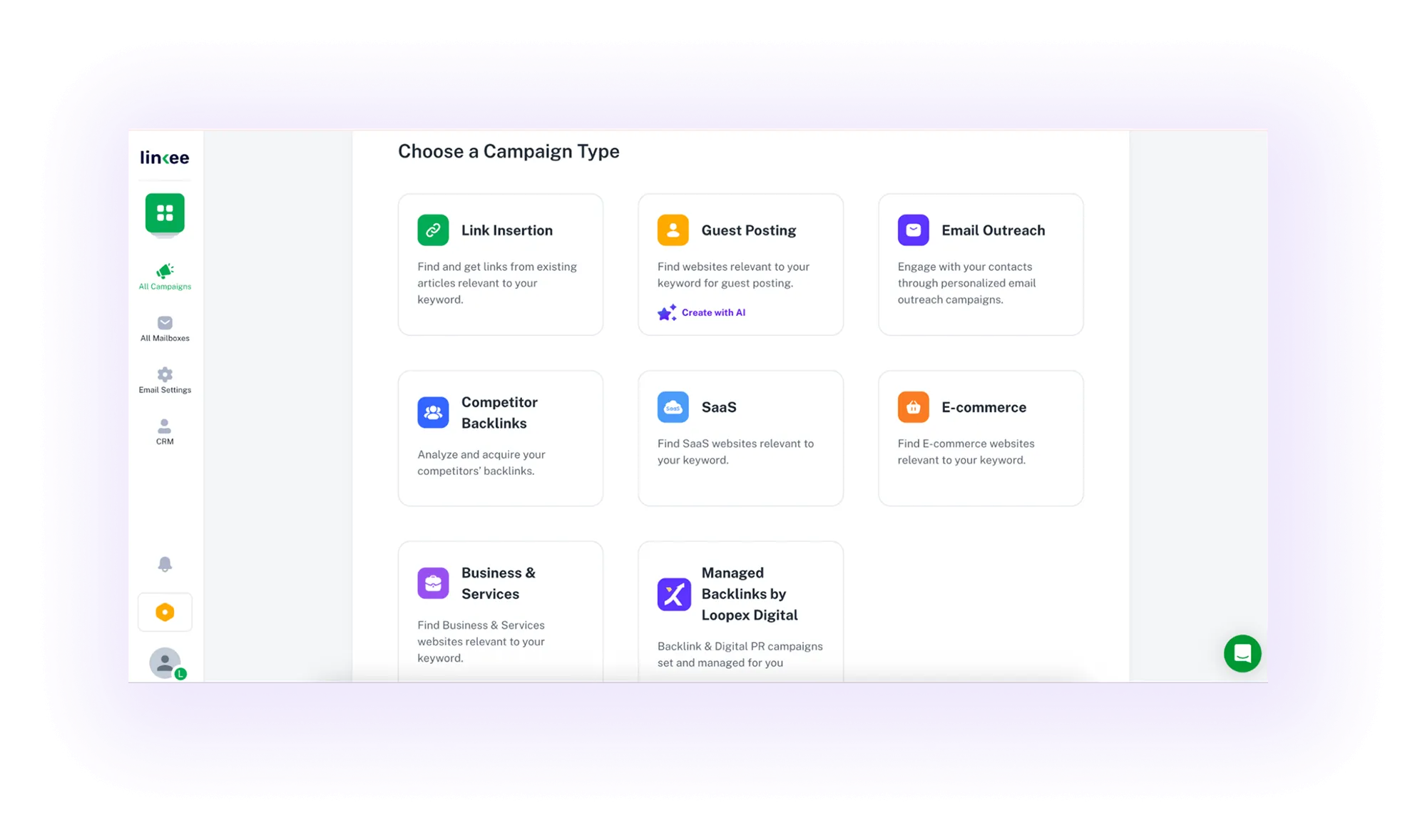
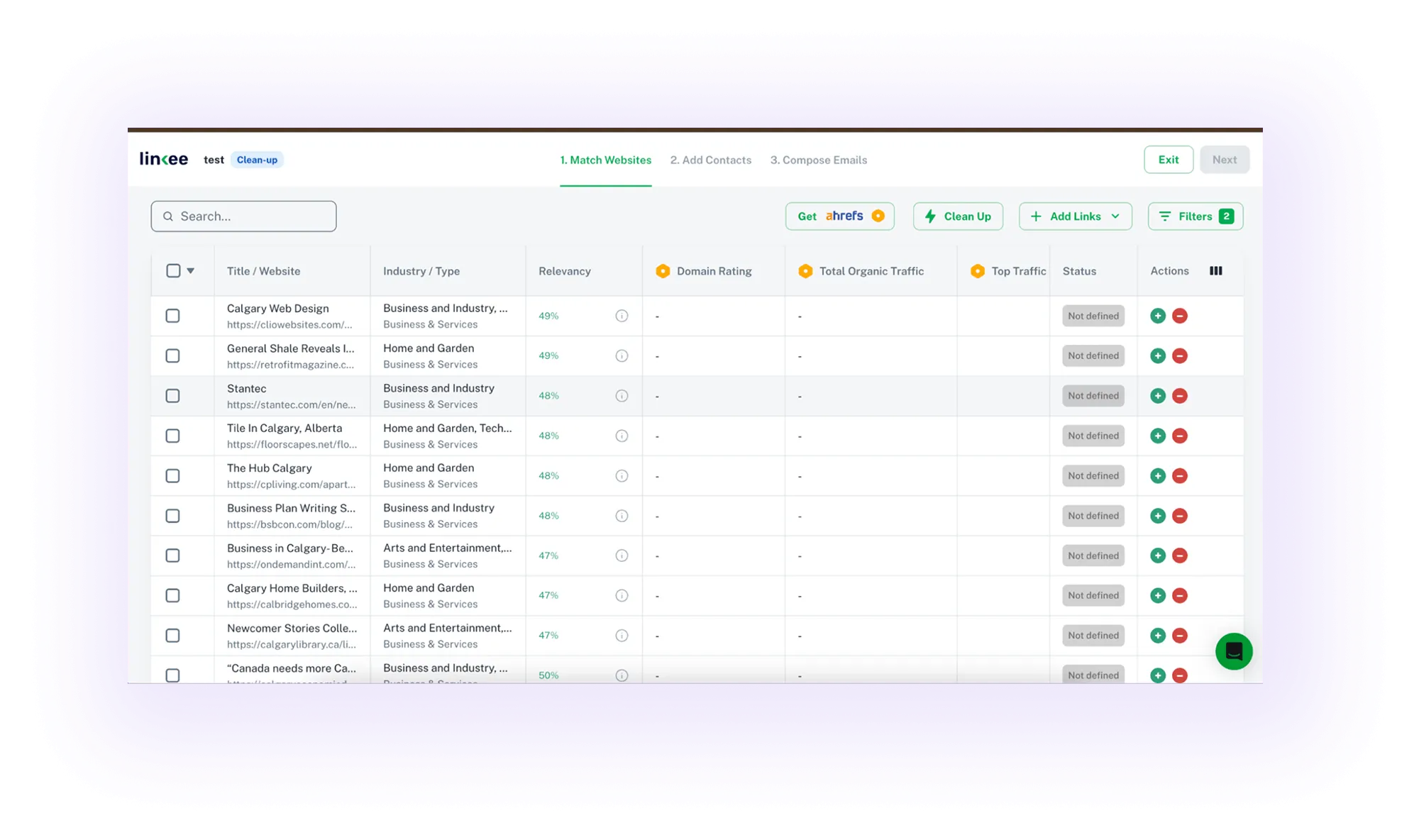
Watch this demo video on how to use Linkee.ai to streamline your guest post outreach:
As you’ve noticed, we've used Ahrefs extensively throughout this off-page SEO guide.
Needless to say, it is one of the best off-site SEO tools, along with Semrush, that you can get.
Here’s a summary of how they help:
Local Falcon shows where a website ranks on Google Maps across a real grid of nearby locations.
We run a scan for a target keyword and see a heatmap of positions across the city. This removes guesswork. You see strong pockets near the business and weak pockets farther out. You also see who wins those weak pockets.
What we do with it:

Majestic shows how a website’s authority changes over time using Trust Flow (TF, quality) and Citation Flow (CF, quantity), along with Fresh/Historic indexes and topical categories. Those distinguish real authority growth from noisy link spikes.
We read TF vs. CF to guide actions (TF up = better sources; CF up with flat TF = low-quality volume); for example, a skincare store gaining TF from dermatologist articles is a win, while CF jumps from coupon blogs signal cleanup and better outreach targets.

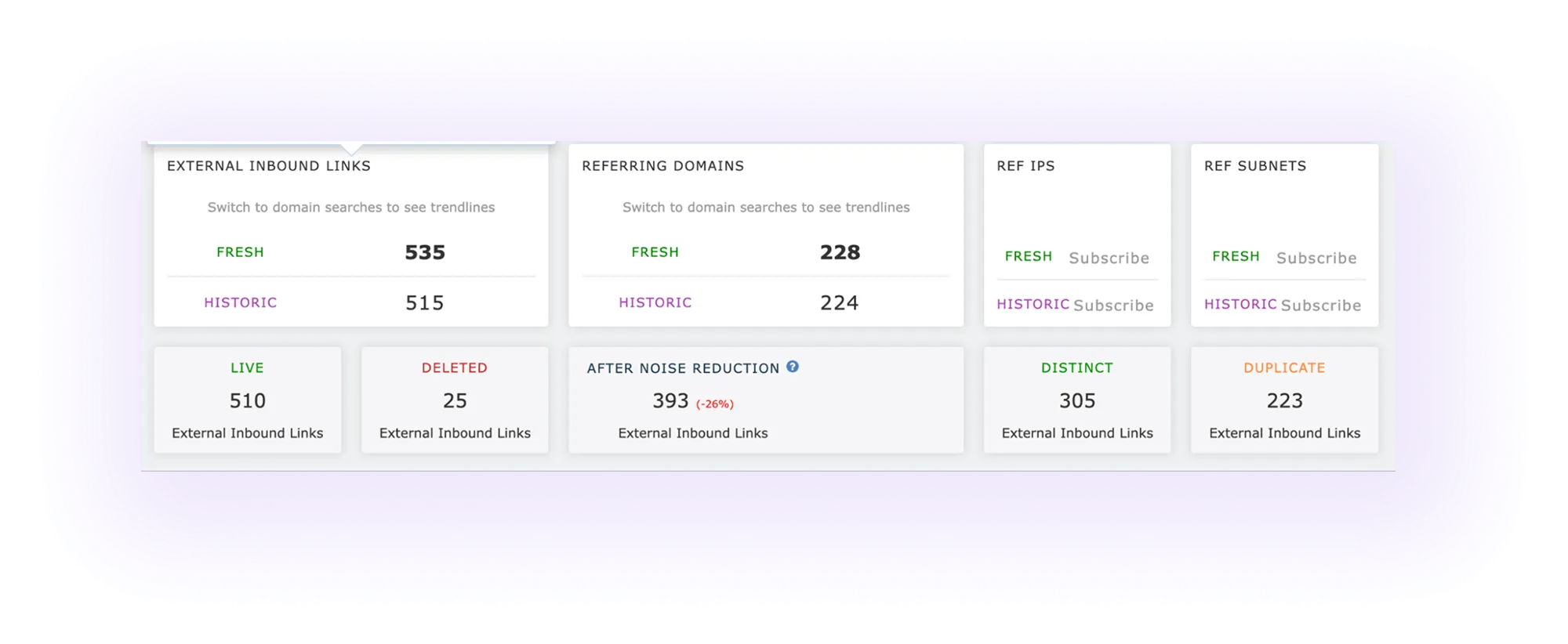
Measuring the impact of off-page SEO is crucial for tracking progress. You can use tools like Ahrefs and Google Search Console to monitor these key performance indicators (KPIs). Here's what you should track:



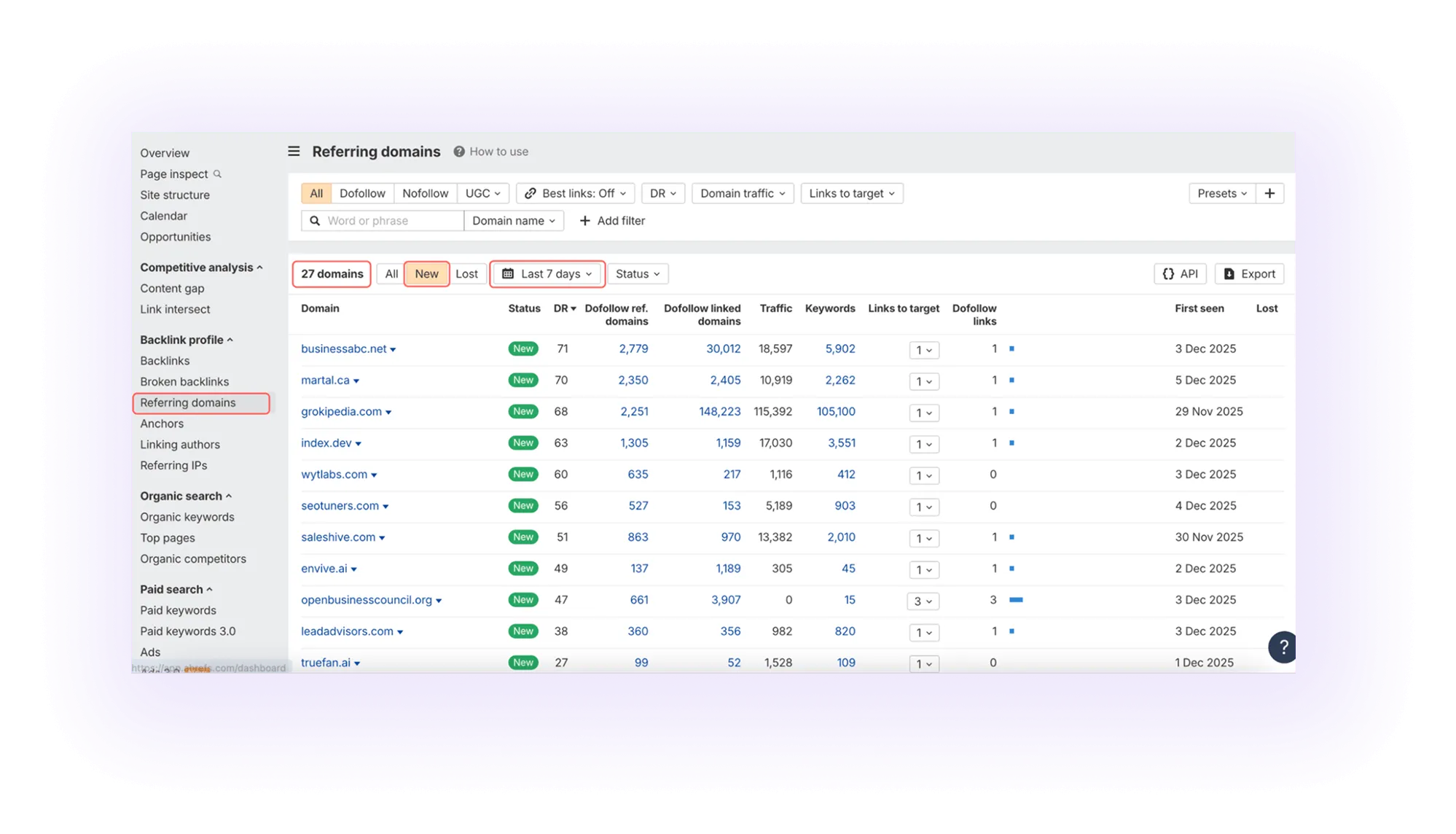


Use the to track all these metrics weekly, focusing on the changes from Monday to Sunday. This will help you stay on top of your SEO progress.

We’ve created a detailed checklist to guide you through off-page SEO. This checklist includes the top-level strategies and action steps you need.
Download our off-page SEO checklist now to get all the steps in one place.
If this feels like a lot, we can help you out, just as we have for over 540 other businesses. Check out our off-site SEO services.
Submit the form - Get Free Proposal
%202.png)
24 hours
Submit the form - Get Free Proposal
%202.png)
24 hours

A well-structured approach is the cornerstone of successful SEO. That's why we’ve developed a series of in-depth checklists designed to streamline your SEO strategy. From building high-quality backlinks and optimizing your WordPress site to tackling on-page SEO and technical optimizations, our checklists offer precise, actionable steps to help you confidently navigate every aspect of SEO.
April 3, 2025